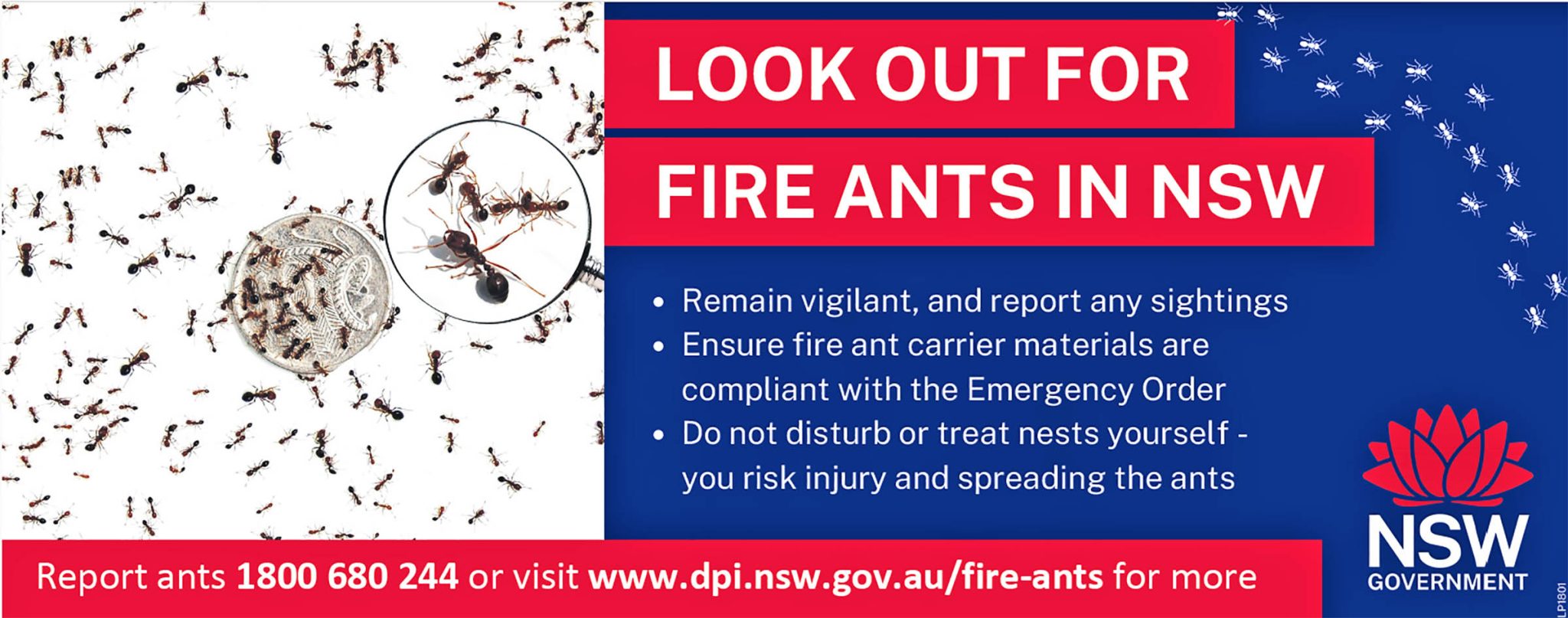ABOVE: There’s more than a sausage on offer at election time. Photo: Bharath Sriraam at unsplash.com
Michael Burlace
Elections are like a smorgasbord – there is a lot of choice, some you may want and some you might not.
Here’s how to get a good feed … I mean a good vote.
Preferential voting is designed to give you your preference – or if that’s not possible, to give you a chance to pick something close to it.
Let’s imagine a seafood fan at the local club on an All You Can Eat day.
They arrive at the club but the queue is a bit long and they are not at the front. Might be difficult to get the club’s “world-famous” specialities.
Hmm, all the Club Special King Prawns are gone.
Ah, but there’s some Fresh Crab Claws still.
Nope, they’ve just gone.
Ah, but here are some Tassie Scallops and some Local Mussel Morsels.
So, after piling them on, our diner continues to collect salad, chips, sauce and the necessary implements then sits down for a good feed.
It’s not what they hoped for originally, but it’s good enough and very satisfying now they have moved on from the initial disappointment.
Have you ever felt something like that as you watch the news a few days after an election?
We don’t use first past the post voting in Australia because one person is elected and every other possibility is gone – leaving large numbers of people disappointed.
Instead, we use a preferential election.
In this, you choose your first preference and your second and so on until you have marked your last preferences (the ones you definitely don’t want).
So, let’s take a smorgasbord of political wannabes and see how tasty the result is.
This is how each local member is elected to the House of Representatives. The Senate has a different procedure but the preference idea still applies. And the Senate smorgasbord stretches for miles, but still there are too few king prawns.
To become the local member a candidate must get at least one vote more than 50 per cent of the formal vote.
The formal vote is all the votes that meet the standard criteria – legible numbers in all boxes that show how the voter has chosen. Informal votes are any that don’t pass that test.
Once polling closes, the officer in charge has staff open the cardboard boxes of votes and sort them into a pile for each candidate.
Staff then count all of the number ‘1’ votes for each candidate.
If a candidate gets more than half the total first preference votes, that candidate is elected without going to preferences.
That is rare, but does happen.
If no candidate has more than half the votes, the candidate with the fewest votes is eliminated.
This candidate’s votes are transferred to other candidates – based on the second preference of the voter on each ballot paper.
If no candidate has more than half the votes, the candidate who has the fewest votes after those preferences were distributed is eliminated.
Each vote is transferred according to the next preference listed on the ballot paper.
This continues until one candidate has more than half the total number of formal votes. They have been elected.
Let’s use an electorate where there are 104 registered voters.
One forgets to vote and will be fined.
One votes informal by accidentally numbering the paper completely incorrectly so that it is impossible to work out their intention.
Two vote informal deliberately by not numbering the squares because they are against government generally.
That leaves 100 valid voting papers and means a candidate must get 50+1 votes (a majority of the 100 formal votes) to win.
So here are the candidates and the tally of number 1 votes (first preference votes) each got:
| Candidate | Votes | |
| Dingo | 38 | |
| Numbat | 21 | |
| Possum | 15 | This candidate has the lowest vote and will be eliminated. The second preference votes will go to other candidates |
| Koala | 26 | |
| Total formal votes | 100 |
Because no candidate got 51 votes, the candidate with the fewest votes will be eliminated.
Each ballot paper that had a 1 next to Possum will now go to other candidates based on what the number 2 vote was on that paper.
Each vote goes across as if it was a first preference vote – full strength, not diluted.
Result after elimination of Possum and distribution of preferences
| Candidate | Votes | ||
| Dingo | 40 | 38+2 | |
| Numbat | 23 | 21+2 | This candidate has the lowest vote and will be eliminated. Their votes will go to other candidates |
| Koala | 37 | 26+11 | |
| Total formal votes | 100 |
Result after elimination of Numbat and distribution of preferences
| Candidate | Votes | ||
| Dingo | 47 | 40+7 | This candidate has not received more than half the formal votes but the other candidate has |
| Koala | 53 | 37+16 | This candidate has more than the minimum of 51 and so is declared the winner. |
| Total formal votes | 100 |
Your preferences matter.
They give you a better chance of getting the government you want.
Your vote is never wasted unless it is informal.
Australian elections are fair, open and transparent. Scrutineers from any party or candidate will be reporting to their candidate on the count and so there is no chance of sneaky stuff.
Postal and prepoll votes will delay the result and the percentage of people voting other than on the day rises with each election.
For more information, go to the Australian Electoral Commission website at aec.gov.au and good luck with its search function – it could do with some improvement, to put it mildly.




